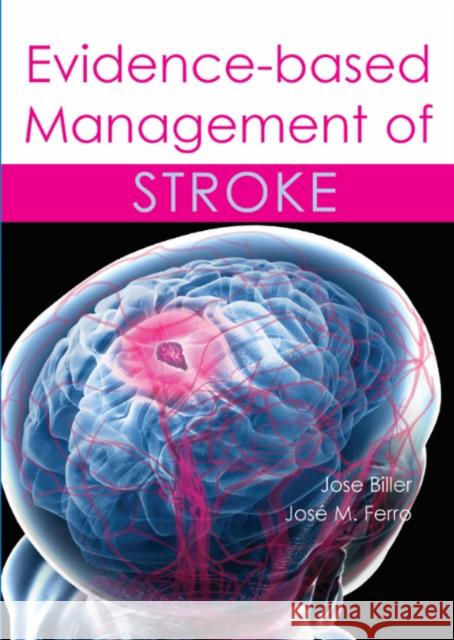Evidence-Based Management of Stroke » książka
Evidence-Based Management of Stroke
ISBN-13: 9781903378762 / Angielski / Twarda / 2011 / 334 str.
More than five million people die from stroke each year. Stroke is also the leading cause of adult disability, affecting over 20 million people worldwide, with two-thirds of stroke victims left permanently disabled. We now know that speed of intervention is critical and patient outcomes are determined by a very narrow therapeutic window, during which physicians need to be able to make their choice of treatment rapidly, based on the best evidence available. The purpose of this book is to review that evidence, for both medical and surgical therapies as well as preventative strategies, drawing on the expertise of leading international authorities to distinguish the issues for which there is a consensus on best practice from those for which the evidence remains inconclusive. For example, for patients with acute ischemic stroke the first choice is intravenous thrombolytic therapy, but does a treatment window of 0-3 hours deliver outcomes significantly better than one of 3-4.5 hours? Arterial hypertension is the single most important modifiable risk factor for ischemic stroke, but what are the effects of blood pressure reduction among acute stroke patients? How effective is blood pressure lowering in primary intracerebral hemorrhage? What are the arguments in favour of continuation versus temporary discontinuation of anti-hypertensive therapy immediately after acute ischemic stroke? Endovascular procedures (carotid angioplasty/stenting) are increasingly important but what do the data tell us about their safety? Or durability? How do they compare with carotid endarterectomy? The management of unruptured intracranial aneurysms is rife with controversies; clip, coil, wait and watch? The authors examine the evidence for and against. Other sections examine the impact of various risk factors, and special populations. A section on stroke after cardiovascular surgeries reviews the incidence and management of stroke following a whole range of proce











